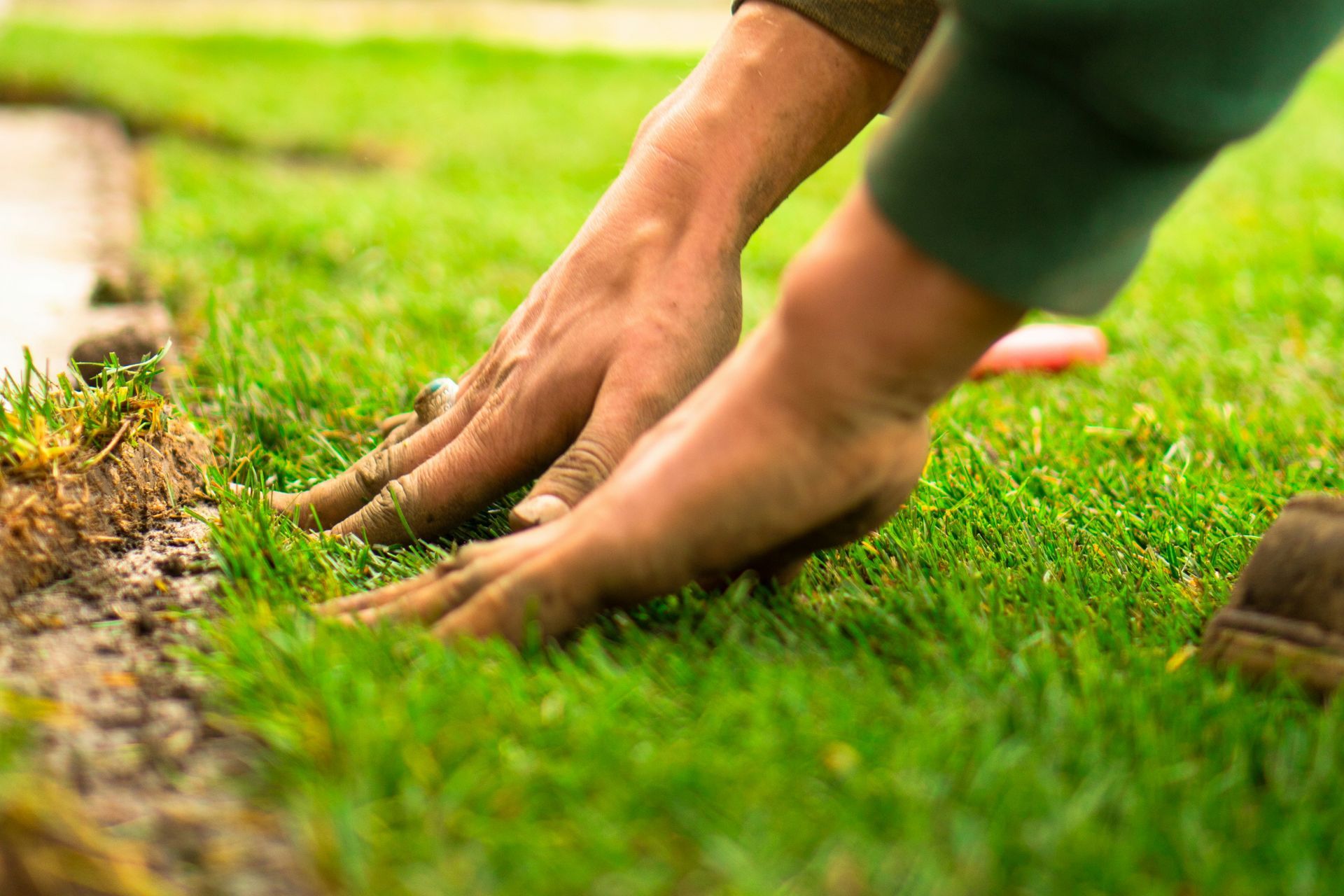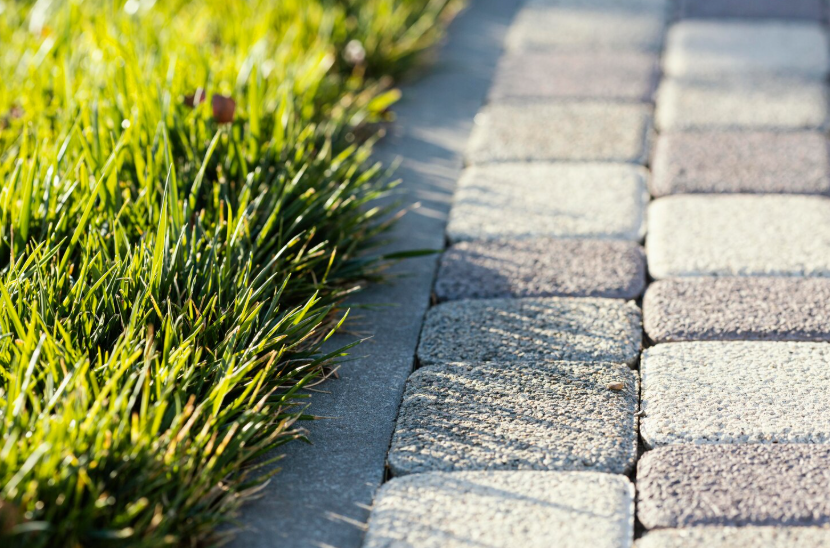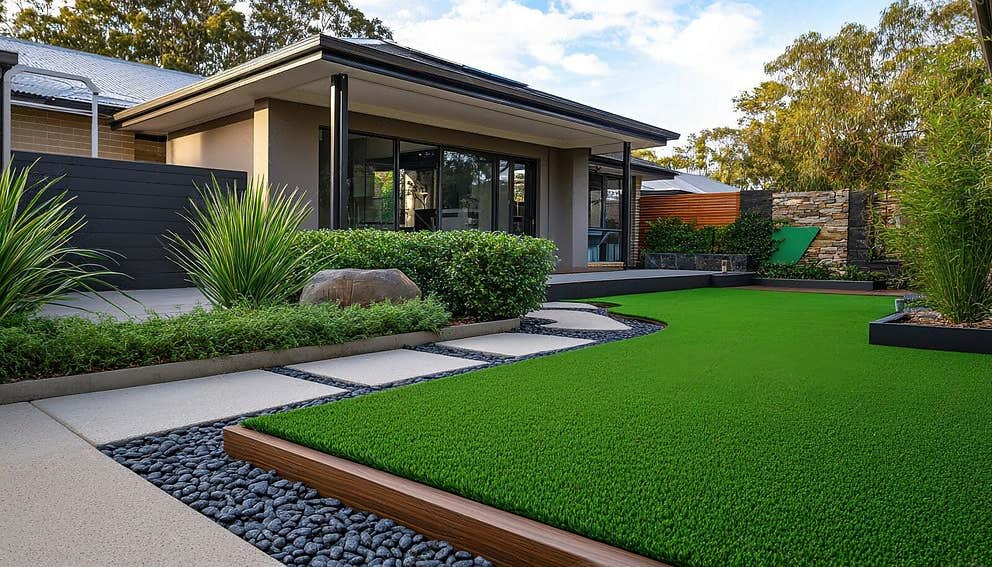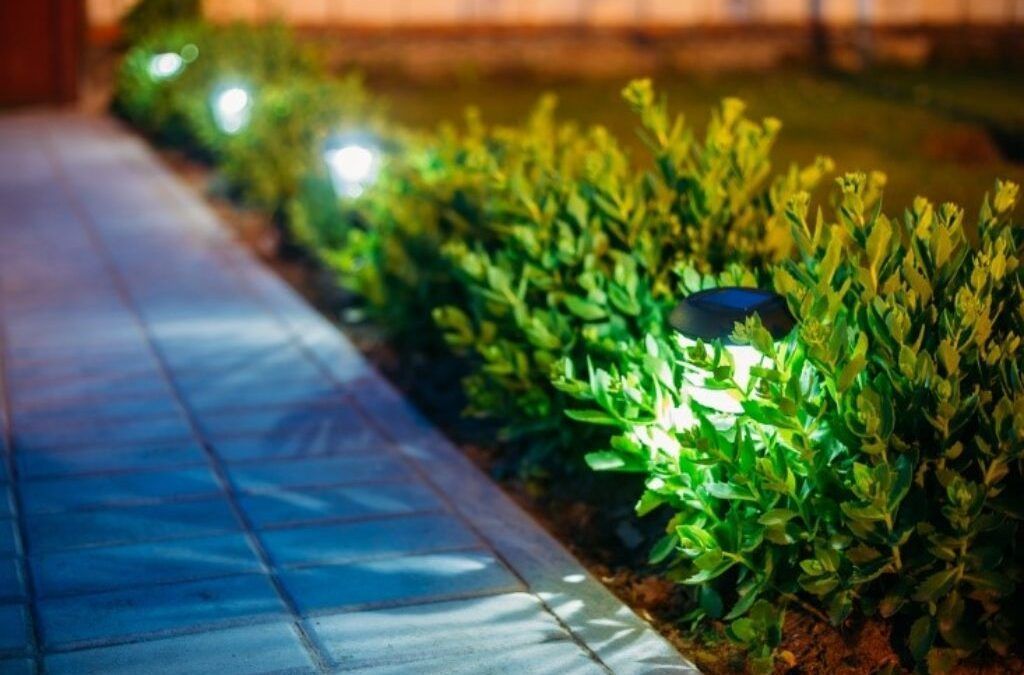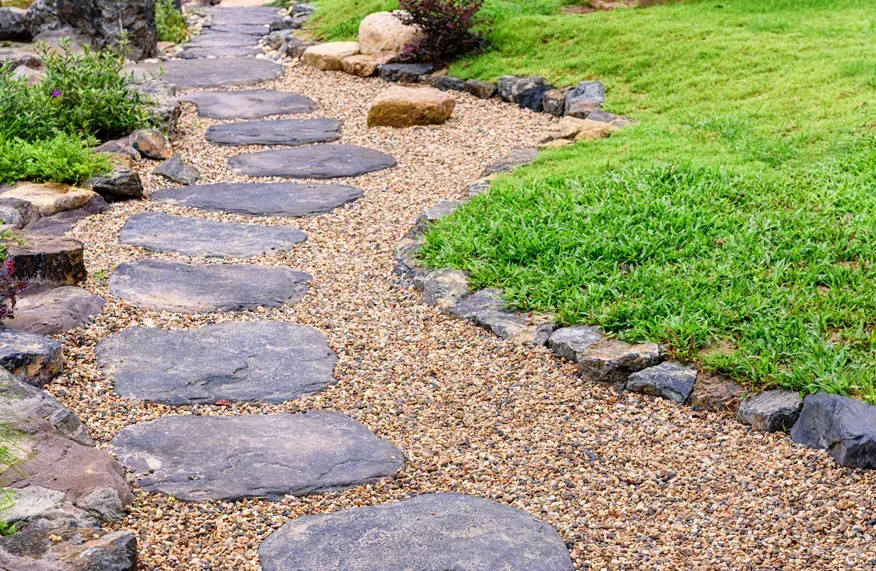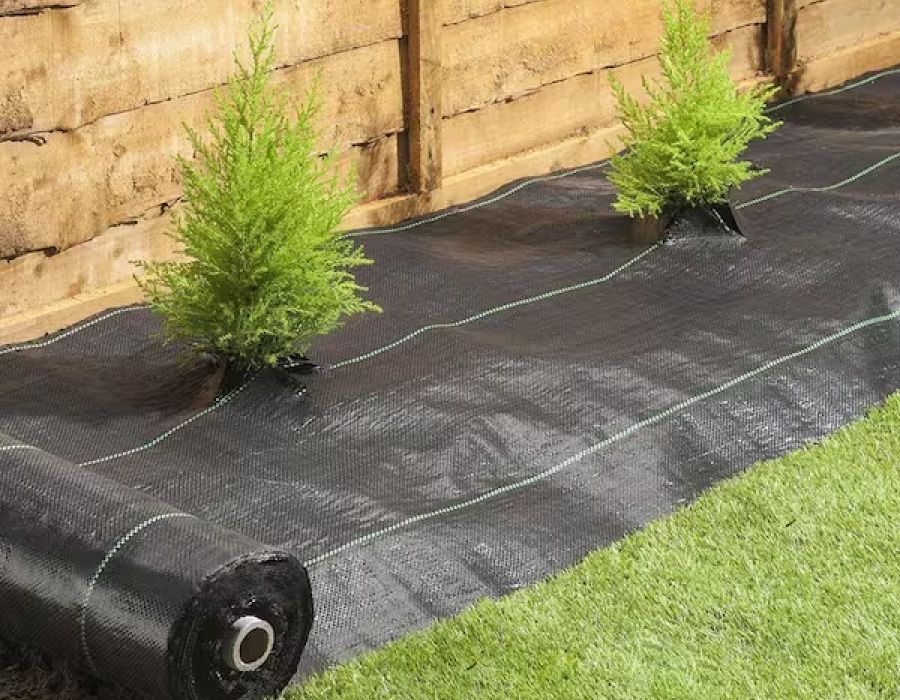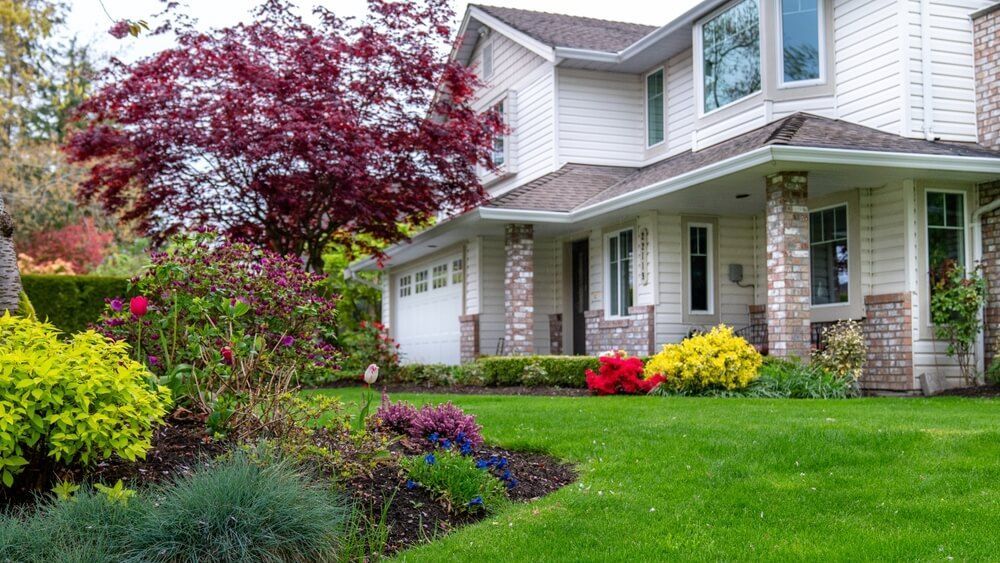How to Landscape Backyard for Curb Appeal and Comfort
Professional landscape design experts know that creating a backyard with both visual appeal and comfort requires careful planning and thoughtful design. A successful backyard balances plant selection, hardscaping, and seating areas while providing functional zones for dining, relaxation, and gardening.
Incorporating a mix of perennials for lasting beauty, annuals for seasonal color, and fragrant herbs can enhance the sensory experience. Pathways, decks, and lighting help define spaces, while textured plants and focal points such as water features or sculptures add interest. Attention to symmetry and separate activity zones ensures a backyard that feels organized, inviting, and comfortable for both residents and guests.
Selecting the Right Plants
When planning backyard landscaping, selecting the right plants is key to creating a welcoming and cohesive outdoor space. Consider sunlight, soil type, and climate when choosing perennials like hydrangeas and peonies, which provide long-term visual appeal. Annuals, such as petunias, add seasonal bursts of color, while shrubs like boxwoods contribute structure and texture.
Ornamental grasses bring movement and variety to the landscape. Fragrant herbs, such as lavender and rosemary, introduce aroma and can serve a practical purpose in the kitchen. Thoughtful plant placement ensures a harmonious design that complements the home’s architecture while promoting a lively and engaging environment.
Incorporating Hardscaping Elements
Hardscaping adds structure, functionality, and style to backyard landscaping. This includes pathways, decks, pergolas, and water features, which form the framework for the outdoor space. Choosing materials that complement the home and endure the elements ensures lasting quality.
Hardscaping also allows the creation of distinct zones for dining, lounging, or gardening. Combining soft landscaping with these structural elements helps produce a balanced design that is both visually appealing and highly functional, turning the backyard into an organized and comfortable retreat.
Maximizing Space Utilization
Making the most of a backyard requires careful planning and creative solutions. Define distinct zones for dining, gardening, and relaxation to ensure each area serves its intended purpose. Utilize vertical space with trellises, hanging planters, or wall-mounted shelves to maintain open ground areas. Furniture with storage or foldable features can enhance functionality without occupying excessive space.
Pathways should connect areas smoothly while maintaining an open and inviting layout. Mirrors or reflective surfaces can create a sense of depth and enhance natural light. Thoughtful use of space ensures the backyard feels larger, functional, and visually balanced.
Creating Cozy Seating Areas
Inviting seating areas make a backyard more comfortable and enjoyable. Select cushioned chairs, benches, or hammocks for relaxation, and position seating in shaded areas to offer comfort on sunny days. Outdoor rugs help define seating areas and add warmth to the floor.
Soft lighting, such as string lights or lanterns, sets a welcoming evening ambiance. Incorporating natural elements like potted plants, climbing vines, or a small fountain can enhance the feeling of tranquility. Well-designed seating areas encourage outdoor gatherings while creating quiet retreats for relaxation.
Enhancing Visual Appeal
A cohesive color scheme and carefully selected focal points significantly improve backyard aesthetics. Use plants with different textures, colors, and heights to create depth and visual interest. Introduce a statement piece, such as a sculpture, water feature, or uniquely designed seating area, to draw attention and enhance appeal.
Maintaining balance and proportion throughout the layout contributes to a polished and inviting atmosphere. Thoughtful attention to these details ensures a backyard that is both visually engaging and practical for daily use.
Ensuring Comfort and Functionality
Comfort and functionality are essential to a backyard that can be enjoyed fully. Include seating that is soft and welcoming, such as padded chairs, sofas, or hammocks. Arrange spaces for smooth circulation between dining, cooking, and recreation areas.
Select materials that withstand weather changes, such as weather-resistant furniture, rugs, and pergolas, to ensure longevity and minimal maintenance. A well-designed backyard combines beauty, utility, and comfort, creating an outdoor space that meets the needs of homeowners while providing a relaxing and enjoyable environment.
Related Topics:


